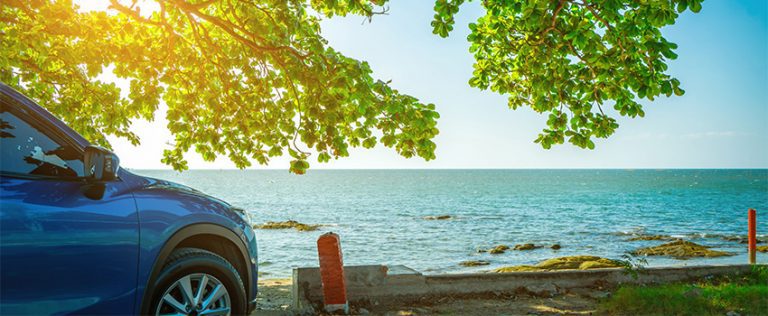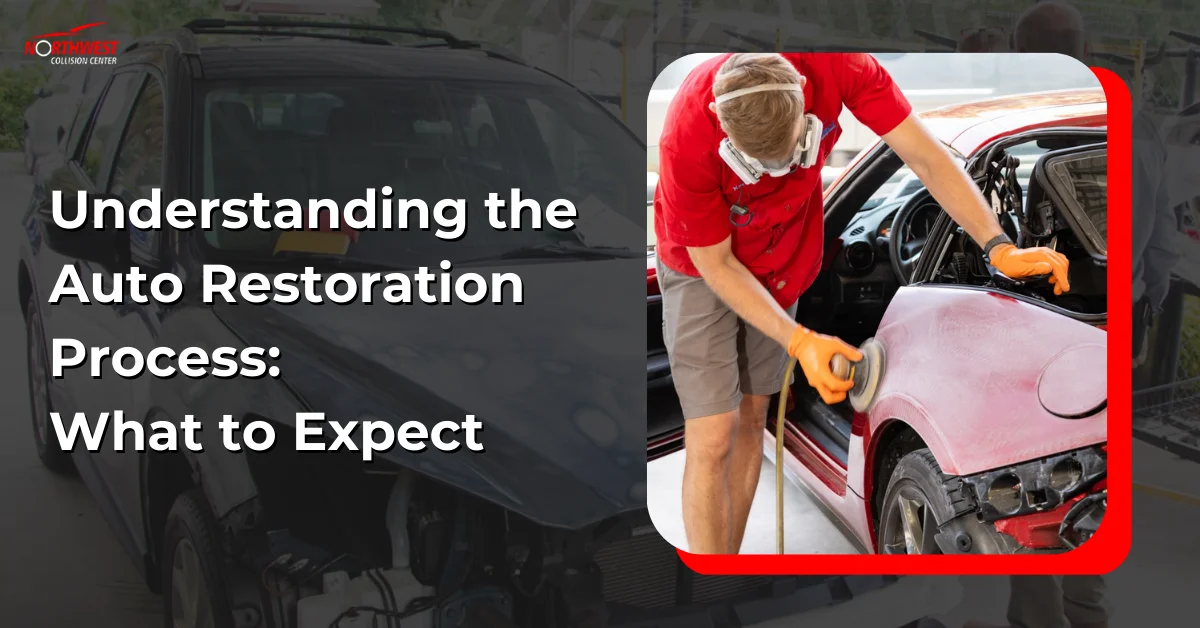Road trip planning demands much forethought. You need to think about the destination, foods to bring, and the availability of the people around you. Road trips are in the rage these days since the probability of aviation travel is still slim in light of the pandemic.
The designated driver is responsible for creating the best experiences for the passengers while on the road. If it’s your first time hitting the road with your electric vehicle, you’re in for a treat. EV road trips satisfy the need of customers for a cost-saving experience in an economically acceptable and fashionable way.
Now, if you’re thinking of joining the parade, there are a few things you should first know to maximize the efficiency of electric cars, as well as the fun of riding along with it. From identifying the capacity of your EV to route mapping and storing, we’ve got you covered.
1. Identifying Your EV’s Capacity
By knowing the type of EV you have, you’ll be aware of its limitations. This is a crucial tip, especially for those who are transitioning from gas cars.
You see, EVs have various specifications as to how long the batteries can hold a charge. Most of them provide data for range marks useful in planning out your EV road trip routes and stop-offs. Today, the electric car industry giant, Tesla, has the most extended range, stretching out up to 400 miles (not far from a full-tank internal combustion engine automobile).
For non-Tesla electric cars, the path seems in the right direction as EV manufacturers continue to improve their product’s standard range. A new EV today usually has a low to mid-200 range.
Set your eyes on the battery length before you focus on the road. Doing so will significantly shave off you and your family some dull time. Instead, you’ll be able to spend it on some productive yet fun activities with family relatives or friends.
2. Maximizing EV Perks
There are several benefits an EV driver could use along the road.
High Occupancy Vehicle (HOV) lanes
Also known as carpool lanes, this side of the road depends on the city you’re driving in. Unfortunately, not all places have given perks to EVs. Using this lane can help you in optimizing the range of your vehicle.
To have access to HOV lanes, you have to apply and get the necessary permission permit. Take note that not all are given the same benefits. The authorities also need to limit the cars in the HOV lane. But you can give it a try as the weight of services the future holds (e.g., saving you a significant amount of time) is more extensive.
Free Hotel Charging
Certain hotels offer free charging and valet service/parking. In this circumstance, you’ll be able to save some time from actually looking for unique charging stations. So, the next time you book a hotel, you better check out for these.
Priority Parking Spaces
Unbuckle your seatbelts fast as you don’t need to search vigorously trying to find empty parking spaces in shopping centers. Although, only individual retail shops offer this perk, so don’t get carried away.
3. Knowing When to Stop (for charging)
Now that you’ve identified the battery range of your EV, it’ll be easier and more efficient for you to map out when and where you should charge your vehicle. This function is more useful for long EV road trips. So, how would you do that?
In the US alone, there are thousands of EV charging stations scattered on the side of roads. There’s no need for manual navigation because you can use Google Maps to see the nearest one in your area.
4. EV Charging Point at Home
Today, at-home charging stations are more straightforward to set up, depending on the level type. There are three types of charging ports available: level 1, level 2, and level 3. Your choice, as an EV owner, depends on your electric car’s needs.
What’s special about the setting of any of these is: it can save you a lot of energy from making an unscheduled charging errand. Also, being conveniently placed at home, your electric vehicle could be used for EV road trips with the assurance of it being fully charged up.
To find more tips about electric cars, connect with one of the best auto body repair shops in St. Petersburg, FL. Contact us at Northwest Collision Center today.










